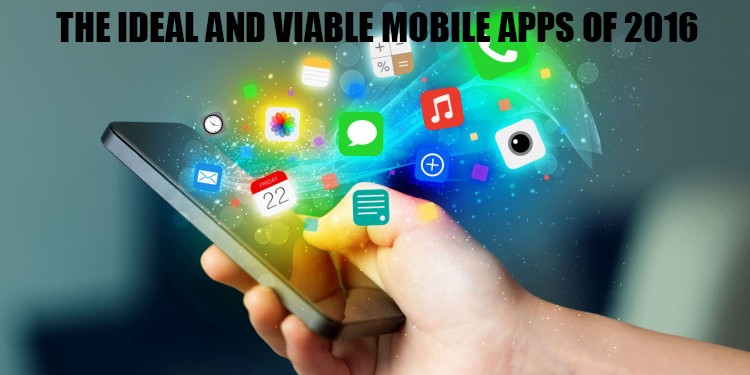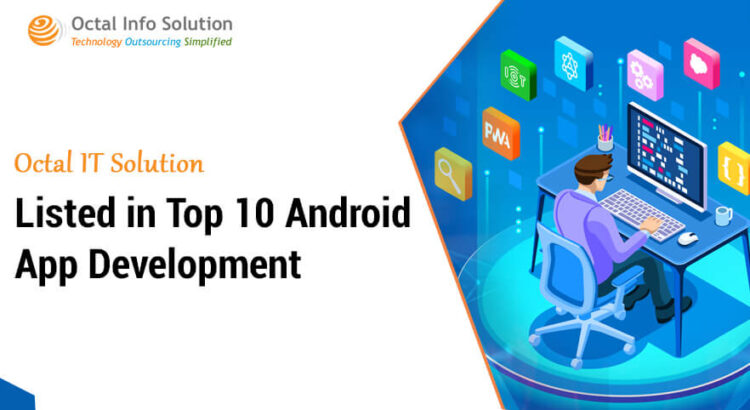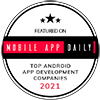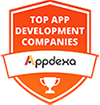This micro-blog is not about the applications that are going to make a mark in this year. It is more of an opinion on how exactly the new mobile applications can create a difference by not necessarily doing anything extraordinary.
This year will see surface phones, by Microsoft, entering the smartphone market. Windows has placed huge bets on its Windows 10 for mobile and its “surface pro series” smartphones. Having achieved a considerable success in the tablet (or hybrid) series of Surface devices, Microsoft must be aiming at luring more and more developers to its platform. But, undoubtedly, the major platforms are going to be iOS and Android for years to come (Have I exaggerated?).
Native Applications
There are so many applications available in each category for every purpose possible that user experience has become a deciding factor. Native applications might be resource-intensive, but they offer a better performance as compared to hybrid apps. Naturally, developers should ideally focus on developing native apps.
The Monetization
The whole monetization revolves around in-app, paid apps, or subscription model. There are not going to be any major shift in the pattern, but as iOS9 allows the use of ad-blocker for safari, more and more web publishers should make their way to app store to remain financially viable in the future as the ads are supported in applications and will remain a major source of revenue.
More Wearable and TV apps
Developers should move out of their comfort zone to explore the app ecosystem of other emerging techs such as smart TVs and smart watches. The existing applications may also need an overhaul to extend its sync features as the adoption of wearables and smart home gain popularity. Internet of things is the future. Prepare in advance.
Multiple device support
There are still a number of tablet applications that are just the blown-out version of their application suited for smaller screens. Android Tablets simply lack the app-compatibility of many applications on Google Play Store, and the reason could be a number of form factors in which Android devices are available.
As mentioned, user-experience is the differentiating factor, and hence the app-users on Android tablet demand as many numbers of compatible applications as those available for iPad. With Google’s recent Nexus 9, the demand for Android tablet may spruce up in this year, and developers should ideally plan for their app-compatibility for bigger screens.
Being relevant is getting increasingly tougher with a variety of platforms and devices luring customers. These were a few things that will work better for your app development and update in the year 2016.
















